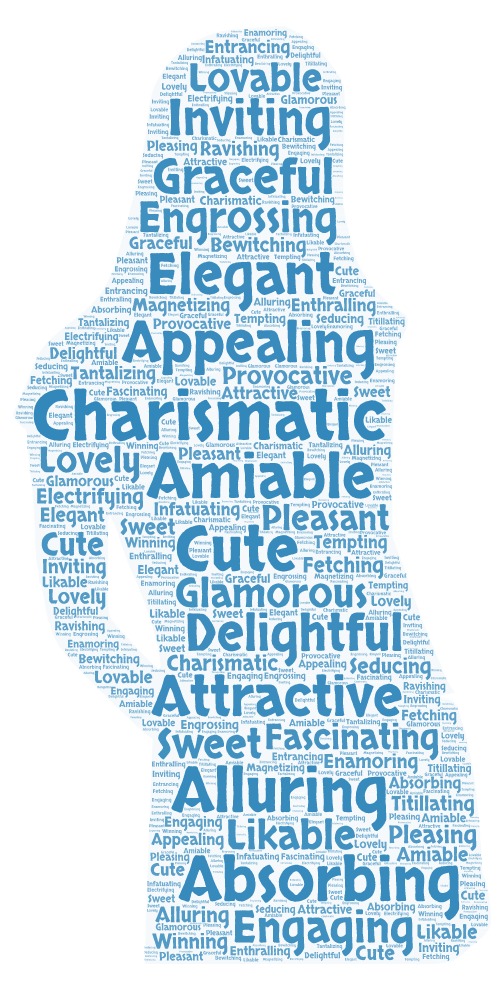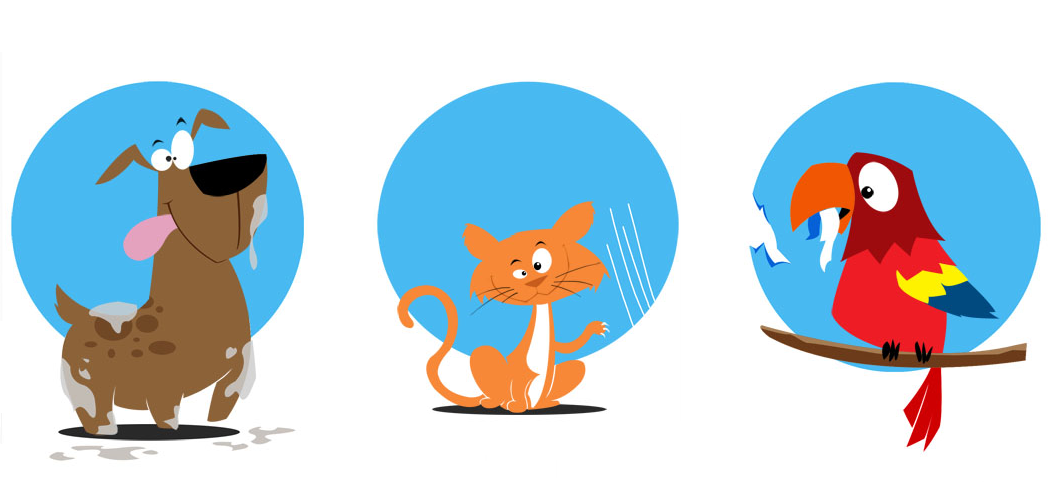revised February 2025.
Is the dog depicted above crouching, or fearful?
Yes, I know, it’s nigh impossible to guess which emotional state an animal is in from a still picture. We need motion, and context, to be able to do that.
I guess what I’m really asking is: do you look at animals and see predominantly their behaviour, or do you take a stab at considering their emotional/mood state?
In this blog post, I hope to convince you to develop the second perspective, if you haven’t already.
In other words, I would encourage you to start using emotion labels – one of the three types of useful labels when it comes to animals and their behaviour.
The world of animal trainers is divided, and I find that some trainers avoid the subject of animal emotions altogether.
“There’s no need to factor in and understand emotions, just deal with the observable behaviour”, is the gist of what some trainers and animal professionals say.





